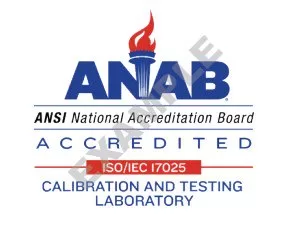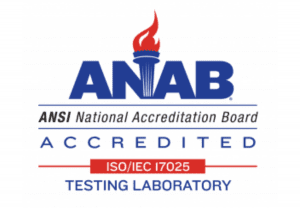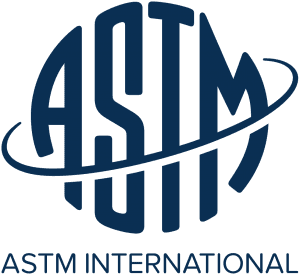Testing Standard:
ASTM D4728 Test Method for Random Vibration Testing of Shipping Containers
Standard Number
ASTM D4728
Standard Title
Test Method for Random Vibration Testing of Shipping Containers
Overview for ASTM D4728:
ASTM D4728 is a test method used to evaluate the packaging’s ability to protect the inner contents, when subjected to vibrations found in the distribution cycle. ASATM D4728 is used for conducting vibration tests on shipping containers to determine their ability to withstand vibrations encountered during transportation. The test is typically used to evaluate the ability of containers to withstand the vibration and shock caused by transportation modes such as trucks, trains, ships, and airplanes.
The objective of the test is to simulate the anticipated transportation environment and the effects of it on the container and its contents. The test is performed by securing the container to a vibration table that is capable of simulating the frequency and amplitude of the expected transportation vibration. The container is placed on the table and subjected to a predetermined vibration profile over a specified period. To ensure that the test accurately simulates the transportation environment, the test profile is based on a standard set of known data for the mode of transportation being evaluated. The mode-specific data factors into the acceleration, vibration frequency, and duration of the test. The vibration duration and frequency are recorded and compared to predetermined criteria to determine if the container passes or fails the test.
The ASTM D4728 test method can help manufacturers and suppliers of shipping containers to ensure they meet minimum quality and durability standards for transportation by demonstrating the capacity to withstand the harsh conditions during transportation. The test assists in reducing the risk of damage to the container and its contents during transportation and the associated cost of that impact to the industry.Purple Diamond Testing offers ASTM D4728 Testing as part of our packaging compliance and validation services.
Rationale for ASTM D4728:
ASTM D4728 – Test Method for Random Vibration Testing of Shipping Containers. Vibration is found in every type of transit channel. Vibration can cause damage to all components of shipping containers including the closure and most importantly, the product. This test method is used in ASTM D4169 and is imperative when confirming a design to ensure its ability to perform as intended.
According to astm.org, ” Significance and Use
4.1 Shipping containers are exposed to complex dynamic stresses in the distribution environment. Approximating the actual damage, or lack of damage, experienced in real life may require subjecting the container and its contents to random vibration tests. In this way, many product and container resonances are simultaneously excited.
4.2 Resonance buildups during random vibration tests are less intense than during sinusoidal resonance dwell or sweep tests. Therefore, unrealistic fatigue damage due to resonance buildup is minimized.
4.3 Random vibration tests should be based on representative field data. When possible, confidence levels may be improved by comparing laboratory test results with actual field shipment effects. Refer to Practice D4169 for recommended random vibration tests. (See Appendix X1 and Appendix X2 for related information.)
4.4 There is no direct equivalence between random vibration tests and sinusoidal vibration tests. Equivalent tests between sine and random, in a general sense, are difficult to set up due to nonlinearities, damping and product response characteristics.
4.5 Vibration exposure affects the shipping container, its interior packing, means of closure, and contents. This test allows analysis of the interaction between these components. Design modification to one or all these components may be used to achieve best performance in the shipping environment.
4.6 Random vibration tests may be simultaneously performed with transient or periodic data to simulate known stresses of this type, that is, rail joints, potholes, etc.
4.7 Random vibration may be conducted in any axis (vertical or horizontal) or in any package orientation. However, different test levels may be used for each axis depending on the field environment that is to be simulated.
Scope
1.1 This test method covers the random vibration testing of filled shipping units. Such tests may be used to assess the performance of a container with its interior packing and means of closure in terms of its ruggedness and the protection that it supplies the contents when subjected to random vibration inputs.
1.2 This test method supplies guidance in the development and use of vibration data in the testing of shipping containers.
NOTE 1: Sources of supplementary information are listed in the Reference section (1-11).2.
1.3 This standard does not purport to address all the safety concerns, if any, associated with its use. It is the responsibility of the user of this standard to set up proper safety, health, and environmental practices and decide the applicability of regulatory limitations prior to use. Specific safety hazard statements are given in Section 6.
1.4 This international standard was developed in accordance with internationally recognized principles on standardization established in the Decision on Principles for the Development of International Standards, Guides and Recommendations issued by the World Trade Organization Technical Barriers to Trade (TBT) Committee.”
Key Points:
- Optimize costs by mitigating damages accrued through transit
- Validates material selection during box design
- Verifies the physical performance of materials used to withstand vibration
Related Standards:
- ASTM D999 – Test Methods for Vibration Testing of Shipping Containers
- ASTM D3580 – Test Methods for Vibration (Vertical Linear Motion) Test of Products
- ASTM D4169 – Practice for Performance Testing of Shipping Containers and Systems
For other related standards, please search any topic in the search bar at the topic of our website. Any topic you search for will pop up with a list of related pages. Please reach out if you have any questions or need help.
At Purple Diamond, we offer a free consultation or a guided tour of our facilities. Consultations can be done over the phone or on zoom, so choose what suits you best. To get in touch, go to our Contact Us page and fill out the form or book an appointment using the calendar below. Our goal is to assist you in any way possible, so please don’t hesitate to contact us. Thank you so much for reading down this far and thank you for considering Purple Diamond as your dedicated testing, engineering, and design facility for all of your packaging needs.
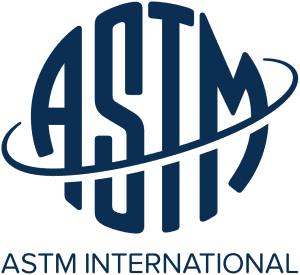
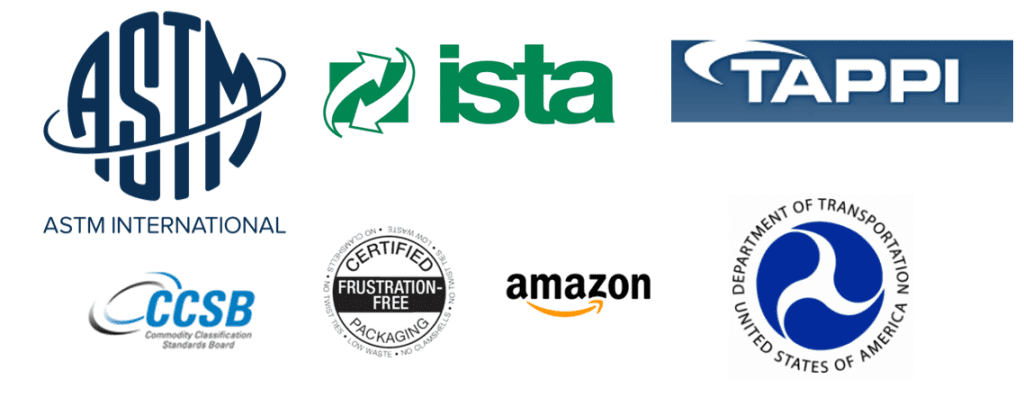
Related Testing Standards
- ASTM D642
- ASTM D685
- ASTM D880
- ASTM D951
- ASTM D999
- ASTM D3078
- ASTM D3103
- ASTM D3285
- ASTM D4169
- ASTM D4332
- ASTM D4728
- ASTM D5265
- ASTM D5276
- ASTM D5277
- ASTM D5487
- ASTM D6055
- ASTM D6179
- ASTM D6344
- ASTM D6653
- ASTM D7386
- ASTM F88
- ASTM F1140
- ASTM F1886
- ASTM F1929
- ASTM F1980
- ASTM F2096
- ASTM F2250
- ASTM F3039
- ASTM D1596

